Commercial aviation has been one of the safest modes of travel for decades. Despite recent headline-grabbing events, commercial plane incidents have drastically decreased over the past 30 years. The most recent fatal crash involving a U.S. airline (Colgan Air Flight 3407) was nearly 15 years ago.
For years, the healthcare sector has looked to aviation as a model for improving safety. Commercial aviation is what’s known as a high-reliability industry: a high-risk and high-complexity operation with rare failures far below statistical expectations.
The aviation industry’s protocols have the potential to improve safety in healthcare — another high-risk, high-complexity sector.
“In medicine, we care for patients who are anxious and, in many ways, scared. The airline industry transports passengers who have similar emotions,” says Byron Joyner, MD, vice dean of graduate medical education. “We both have to use the concepts of crew resource management to get the work done in an exceptional manner, and we both use simulation to teach and train skills in a way that is non-judgmental but corrective and supportive.”
These similarities led the UW Housestaff Quality & Safety Committee (HQSC) — a resident- and fellow-led organization that develops future clinician leaders who aim to improve patient care through education, multidisciplinary collaboration, and engagement in quality and safety measures — to organize a half-day experiential exchange with Horizon Air, part of Alaska Air Group. A group of residents and fellows from the UW School of Medicine’s Graduate Medical Education program had the opportunity to learn and apply key aviation safety concepts at Horizon’s SeaTac training base.
Lessons from the flight deck, for the hospital
The 1980s saw a revolution in commercial aviation safety, largely due to the implementation of principles of aviation crew resource management. Clear division of labor and understanding of the team’s roles, closed-loop communication with verbal feedback to confirm understanding and prioritizing psychological safety that allows all team members to raise concerns are the classic principles. More recently, the “sterile cockpit” rule, which forbids distracting conversations during critical tasks, was added.
The trainees who attended the HQSC exchange were able to see these principles in action aboard a high-fidelity Embraer 175 simulator. Two Horizon training captains demonstrated an in-flight engine failure, followed by a safe emergency landing.
“While crew resource management practices are already used for clinical emergencies such as a code blue (cardiac or respiratory arrest), there is room to expand their application into other settings,” says Chen Wu, MD, faculty director of the HQSC. “For instance, the sterile cockpit rule could be applied during key portions of invasive procedures.”
Checklists for takeoff, landing — and surgery
In addition to observing Horizon training pilots carry out normal and emergency procedures in the flight simulator, participants donned virtual reality headsets and stepped into a 3-D simulation of the Embraer 175 flight deck to start the engines and complete other actions by following the manufacturer checklist. The checklist ensures critical steps are performed correctly every time.
“While checklists have made their way into many facets of clinical care already, only a fraction of these are in the ideal challenge-response format, meaning action verification,” says Wu. “For example, when rounding on patients, one team member might call out important medications, while another verifies and announces that they have indeed been ordered as intended.”
“One setting where the challenge-response format is already well-established is during the start of every operation across our UW Medicine training hospitals,” says Joyner.
“I presented some of what I gleaned from the afternoon to our pediatric urology group in our weekly conference, and we discussed ways to incorporate innovation to both create and sustain a culture of safety,” says simulation participant Hailey Silverii, MD, a fellow in pediatric urology.
Taking care of yourself to take care of others
Airline safety announcements regularly tell passengers to put their own oxygen masks on before helping others — in other words, to take care of themselves to better care for those around them. The same lesson applies equally to pilots, airline staff and healthcare workers.
Like healthcare, airlines were hard-hit by the pandemic and continue to grapple with its lingering consequences such as burnout, short staffing and customer volatility. Although introducing practices like meditation and a full-day staff retreat have boosted employee well-being at Horizon Air, the trainers emphasized that even a few minutes each day can help anyone improve their wellness.
“Short, intentional moments can make many tiny efforts add up to a big impact on mental health,” says Wu.
“My colleagues and I learned a lot from this experience, and the lessons learned could not be more relevant to both our clinical practice as well as our lives outside of medicine,” says Sean McCue, MD, a resident in anesthesiology and pain medicine.
Reaching new industry heights
Providing safe, reliable service is a shared value in both healthcare and commercial aviation. Continuing professional education can take many forms, and sometimes a new (aerial) point of view can spark innovation and ideas.
“We extend our heartfelt thanks to Horizon Air for their incredible hospitality and partnership,” says Wu. “For the residents, fellows and faculty in attendance, this was a unique and wonderful experience. The passion exuded from our newest generations of physicians for safe and reliable patient care will propel our profession to ever loftier heights.”
Adapted by Alex Israel from a piece that originally ran on The Huddle.
